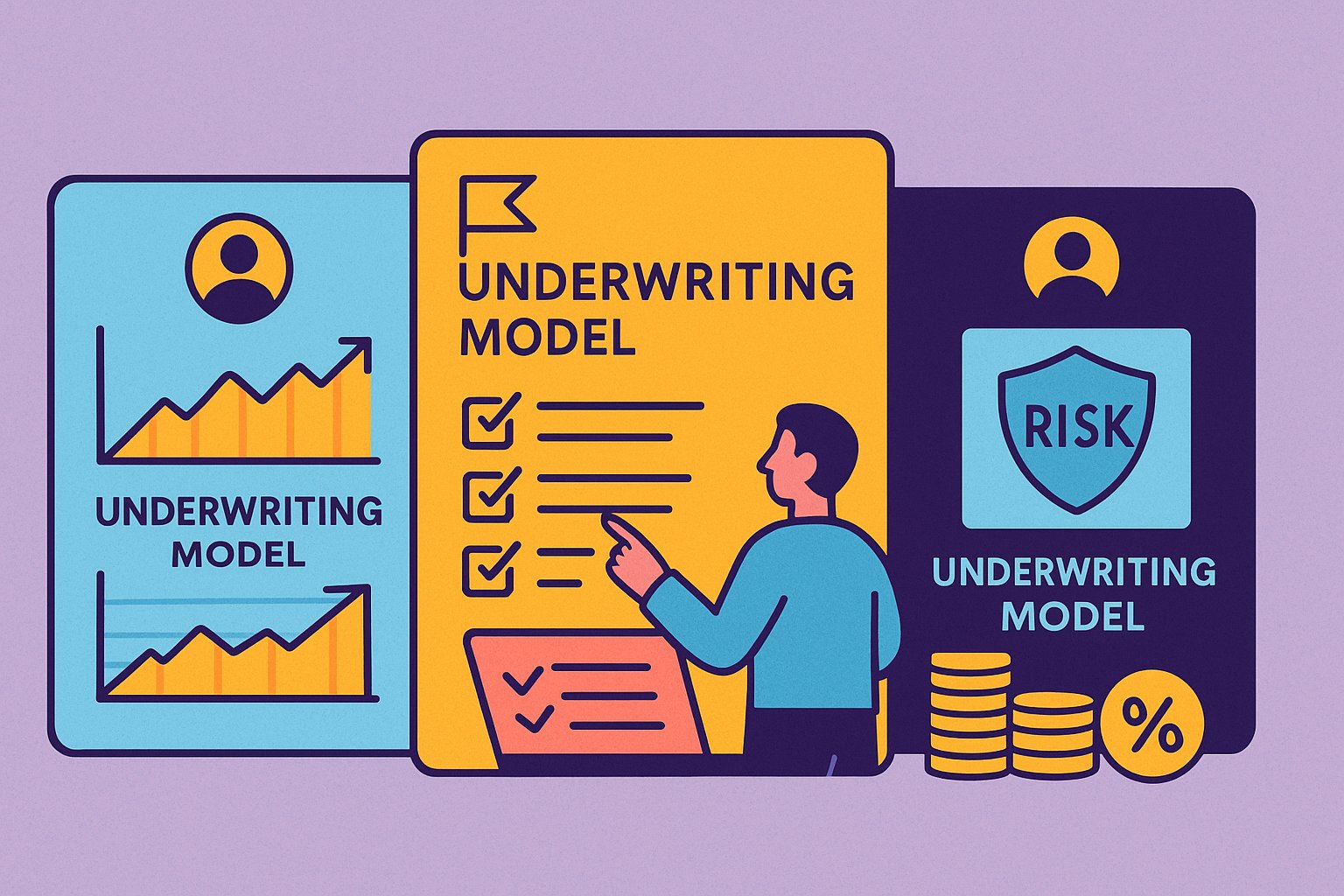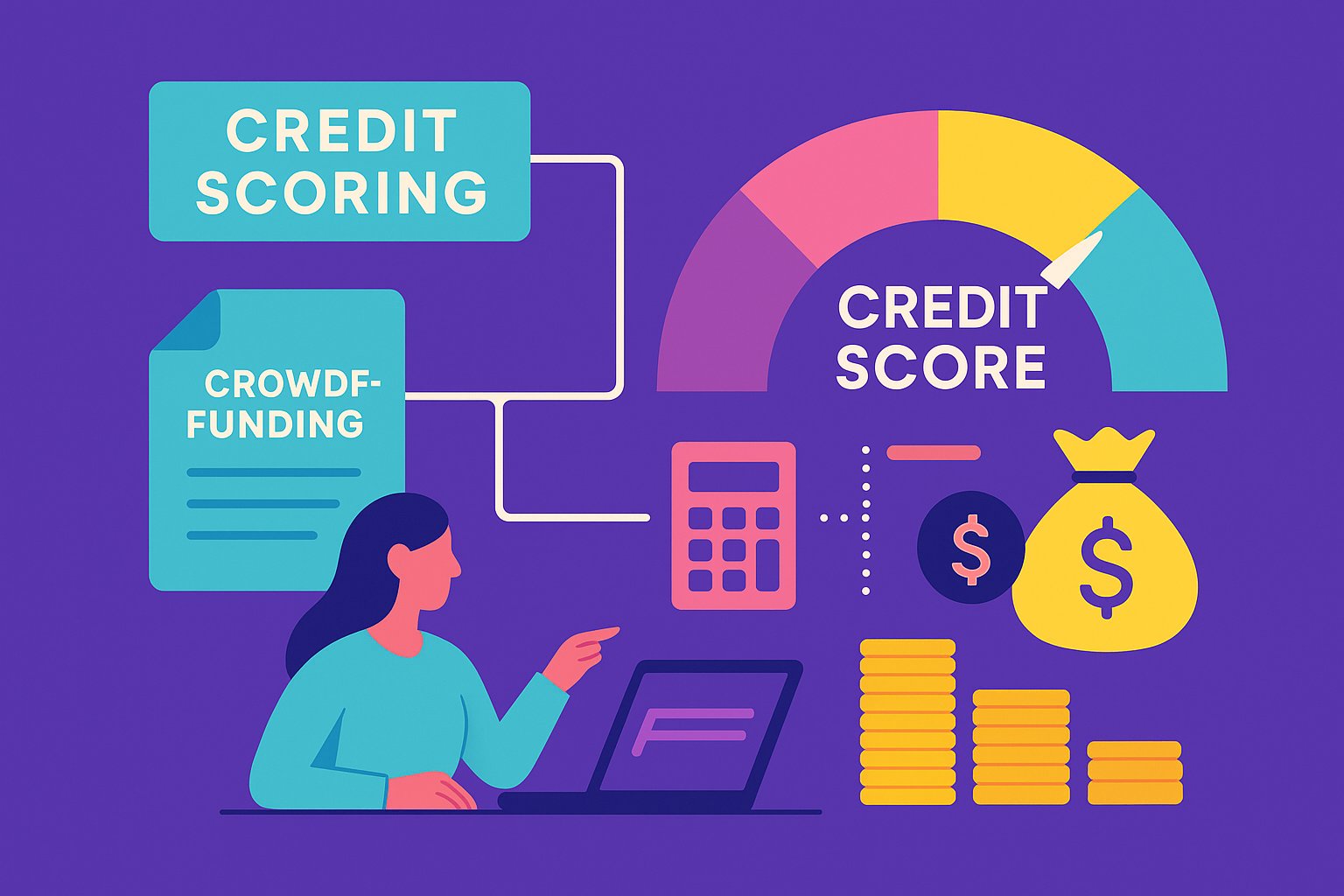Navigating the Evolving Landscape of Underwriting
In an era where technology and finance converge, underwriting has undergone a seismic transformation. Gone are the days when loan officers relied solely on paper credit reports and gut instincts. Today, digital platforms harness vast troves of data, advanced algorithms, and real-time analytics to assess creditworthiness. For borrowers and investors alike, understanding these underwriting models is pivotal. Each platform employs a unique blend of credit scoring methods, alternative data sources, and risk management strategies. By comparing these models side by side, readers can gain insights into which platforms align with their goals—whether that means securing the lowest possible interest rate or optimizing a diversified investment strategy across multiple loan grades.
Core Pillars of Underwriting Excellence
At the heart of every underwriting model lies a set of core metrics: credit scores, income verification, debt-to-income ratios, and historical repayment behavior. These foundational pillars remain constant across virtually all lending platforms. Yet the ways in which these data points are collected, weighted, and interpreted can vary dramatically. Some platforms adhere strictly to FICO scores, while others incorporate proprietary scoring systems that blend traditional credit data with alternative indicators—such as education level, employment history, or even social media activity. The goal for any lender is to balance predictive accuracy with borrower inclusivity. By calibrating models to recognize nontraditional markers of reliability (for example, rental payment histories or steady freelance earnings), platforms can extend financing to individuals whose credit histories might otherwise preclude them from accessing competitive loan offers.
Underwriting at LendingClub: A Closer Look
LendingClub, one of the pioneers in the peer-to-peer lending space, has refined its underwriting model over more than a decade of operation. At its core, LendingClub relies on traditional credit bureau data, assigning loans to risk grades ranging from A1 (lowest risk) to G5 (highest risk). Applicants submit detailed financial information, including income, employment verification, and existing debt obligations, which LendingClub’s algorithms evaluate against extensive historical loan performance data. What sets LendingClub apart is its continuous model recalibration: as macroeconomic conditions shift—whether due to rising unemployment or sector-specific downturns—the platform updates its risk algorithms to better forecast defaults. For investors, this means that LendingClub’s risk grades factor in both individual borrower metrics and broader economic indicators. Consequently, the platform’s loan listings provide transparent risk tiers, with corresponding interest rates that reflect current market dynamics and expected default probabilities.
Prosper’s Approach to Risk Assessment
Prosper, another early entrant in the peer-to-peer lending arena, adopts a hybrid underwriting model that melds credit bureau insights with proprietary scoring. Rather than a simple letter-grade system, Prosper assigns a Prosper Rating ranging from 1 to 12, where lower numbers denote safer loans. Behind each rating lies a machine learning algorithm that ingests diverse inputs: credit score, recent credit inquiries, employment length, and debt utilization, among others. One distinctive feature of Prosper’s model is its dynamic adjustment capabilities. For example, if a borrower’s credit score improves after loan origination, Prosper’s internal monitoring system can update the loan’s risk profile. This real-time risk reassessment can benefit note holders who choose to sell loans on Prosper’s Secondary Market, as the loan’s market price may rise when its perceived risk declines. However, borrowers must maintain consistent on-time payments to preserve their favorable risk tier. Prosper’s emphasis on machine learning ensures that as new data streams become available—such as alternative income sources or marketplace behavior—its underwriting engine adapts, enhancing risk prediction accuracy over time.
Upstart and the Power of Alternative Data
Upstart set itself apart by championing the use of alternative data to evaluate borrower creditworthiness. Founded by former Google employees, Upstart’s underwriting model leverages not only traditional credit bureau information but also education level, field of study, and even academic performance (such as GPA). By incorporating these nontraditional variables, Upstart argues that its model can more accurately predict future loan performance, particularly for younger borrowers or those who lack extensive credit histories. This approach has enabled Upstart to approve a higher percentage of applicants in certain demographics—often at more competitive interest rates—than would be possible under strictly FICO-based models. For investors, Upstart’s risk grades reflect the platform’s confidence in its model’s predictive power. Although critics warn that alternative data could introduce biases, Upstart’s founders maintain that rigorous statistical validation ensures fair underwriting. The result is a more inclusive lending environment where borrowers who might otherwise be marginalized by legacy credit systems can secure financing, albeit sometimes at slightly higher rates to compensate for the novel risk factors.
Kiva, Funding Circle, and Other Notable Models
While LendingClub, Prosper, and Upstart dominate mainstream attention, several other platforms warrant consideration—especially for niche lending needs. Funding Circle, for instance, focuses primarily on small business loans. Its underwriting teams combine credit bureau data with extensive business performance metrics: revenue trends, cash flow statements, and industry-specific benchmarks. Loan officers manually review these documents alongside algorithmic risk scores to grant line-of-credit products or term loans to growing enterprises. Kiva, by contrast, operates on a micro-lending model. Rather than relying on traditional credit scores, Kiva partners with field-level microfinance institutions that evaluate borrowers through localized methods—often via community reputation and group repayment structures. While individual terms on Kiva may not directly translate to mainstream interest rate metrics, the platform’s underwriting ethos emphasizes social impact and borrower empowerment, showcasing how alternative models can thrive in underserved markets. By exploring these diverse approaches, lenders and borrowers can decide which platform best aligns with their objectives—whether that means supporting entrepreneurs in developing economies or investing in established small businesses with demonstrable revenue streams.
Comparing Outcomes: Fees, Approval Rates, and Borrower Experience
Underwriting models do more than merely determine who gets approved; they shape the entire borrower and investor experience. Platforms with highly automated underwriting—like Upstart—typically offer faster application-to-funding timelines. A borrower on Upstart may receive a loan offer within minutes of submitting their information, assuming their risk profile meets the platform’s criteria. Conversely, platforms that integrate manual reviews—such as Funding Circle—might require several days of processing but can offer more personalized loan terms, particularly for complex business financing needs. Fees also vary: some platforms levy origination fees ranging from 1% to 6% of the loan principal, depending on the borrower’s risk tier. Others, like Kiva, rely on donations to cover operational costs, resulting in zero-interest microloans for participants in developing countries. Approval rates and borrower satisfaction scores often correlate with the transparency of underwriting criteria. Platforms that publish their risk grading methodology and maintain real-time dashboards for borrowers to track their application status tend to foster higher trust levels, leading to repeat borrowing and stronger borrower loyalty.
Tips for Borrowers: Choosing the Right Platform
Selecting an underwriting model begins with assessing your own financial profile and goals. If you have a robust credit score and stable income, mainstream platforms like LendingClub or Prosper may offer the most competitive interest rates. Those who value a lightning-fast application process and possess nontraditional credit markers—such as recent college graduates—might find Upstart’s model appealing, as it recognizes educational credentials as a positive credit signal. Small business owners should prioritize platforms that emphasize business performance metrics over personal credit history; Funding Circle’s emphasis on detailed revenue analysis can yield more tailored loan structures. Conversely, borrowers seeking to make a social impact—such as women entrepreneurs in emerging markets—can explore Kiva’s community-driven underwriting, recognizing that while interest-free loans are possible, they often rely on group liability structures. Before committing, borrowers should scrutinize fee disclosures, repayment schedules, and any potential prepayment penalties. By aligning one’s unique circumstances with a platform’s underwriting strengths, borrowers can secure financing on favorable terms that reflect both their creditworthiness and their personal or business objectives.
Building a Resilient Investment Portfolio
For investors, comparing underwriting models is equally critical. Those seeking stable returns might allocate capital to loans in lower risk tiers on LendingClub or Prosper, balancing yield with predictability. Investors with higher risk tolerance—who can absorb occasional defaults in exchange for higher interest payouts—may explore Upstart’s higher-tier loans, confident that the platform’s alternative data reduces the likelihood of unpredictable credit events. Diversification across multiple platforms can also mitigate model-specific blind spots. For instance, combining LendingClub’s traditional credit-focused loans with Upstart’s education-weighted risk assessments can produce a portfolio that benefits from both proven credit metrics and innovative predictive factors. Keeping an eye on economic indicators—such as unemployment trends, industry-specific disruptions, and policy changes—can further guide investors in reallocating capital across platforms or risk grades to maintain optimal performance. Ultimately, understanding how each platform’s underwriting criteria translate to real-world loan performance empowers investors to make data-driven decisions, transforming passive capital into a strategic asset.
Charting Your Course in Peer-to-Peer Lending
As peer-to-peer lending continues to mature, underwriting models will evolve in tandem with technological advances and shifting regulatory landscapes. Artificial intelligence and machine learning promise ever-greater predictive accuracy, while blockchain-based platforms hint at a future where smart contracts automate loan servicing and risk assessment. For both borrowers and investors, staying informed about these developments is essential. By regularly reviewing platform updates, monitoring performance dashboards, and engaging with community forums, stakeholders can adapt their strategies to benefit from emerging trends. Whether you’re a borrower seeking the lowest interest rate or an investor aiming to maximize risk-adjusted returns, a comparative understanding of underwriting models is the compass that will guide you. As the digital finance ecosystem expands, those equipped with this knowledge will chart a course toward smarter, more strategic lending and borrowing, turning complex algorithms into clear pathways to financial success.




